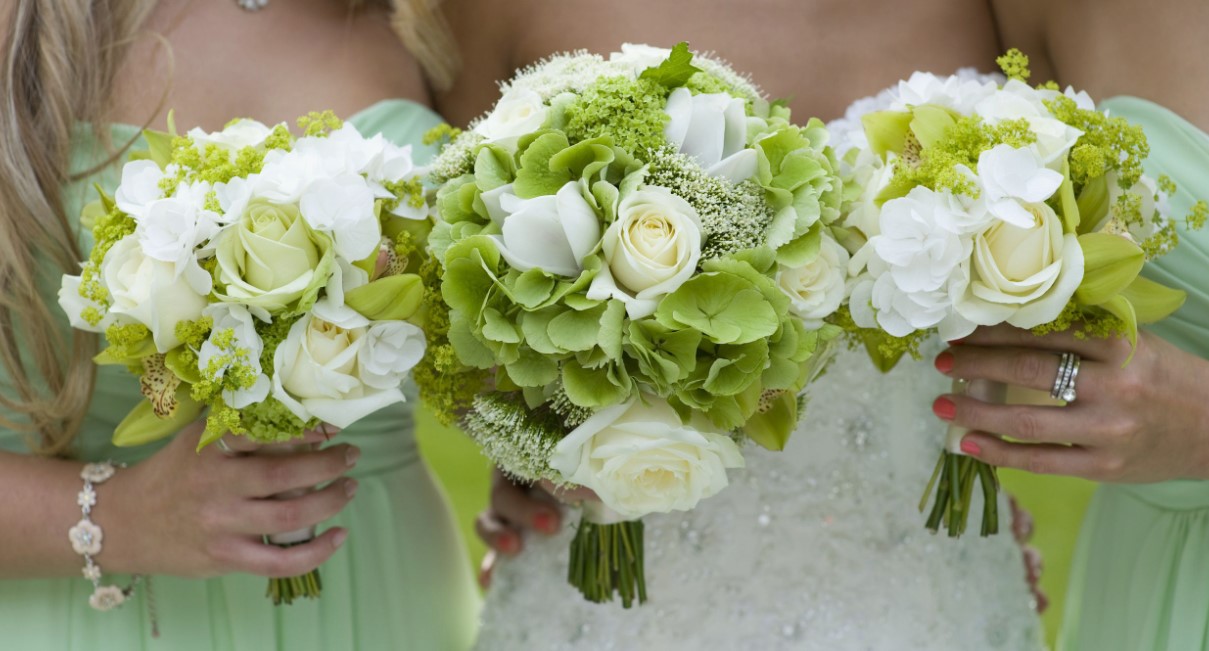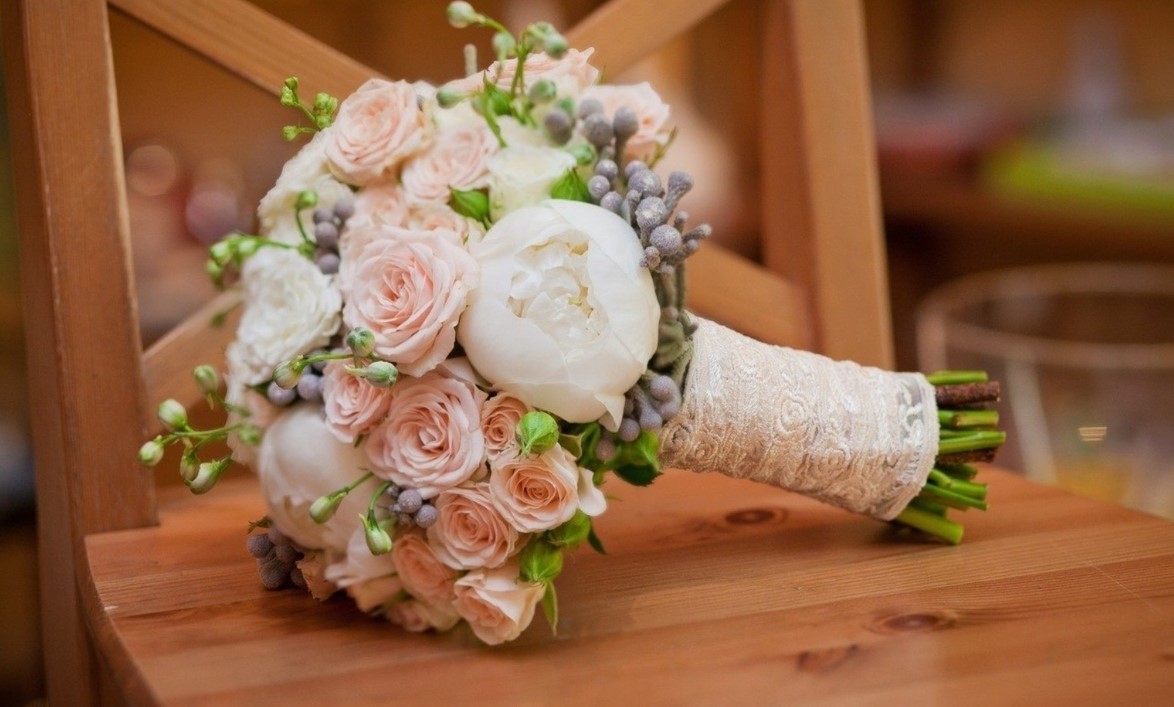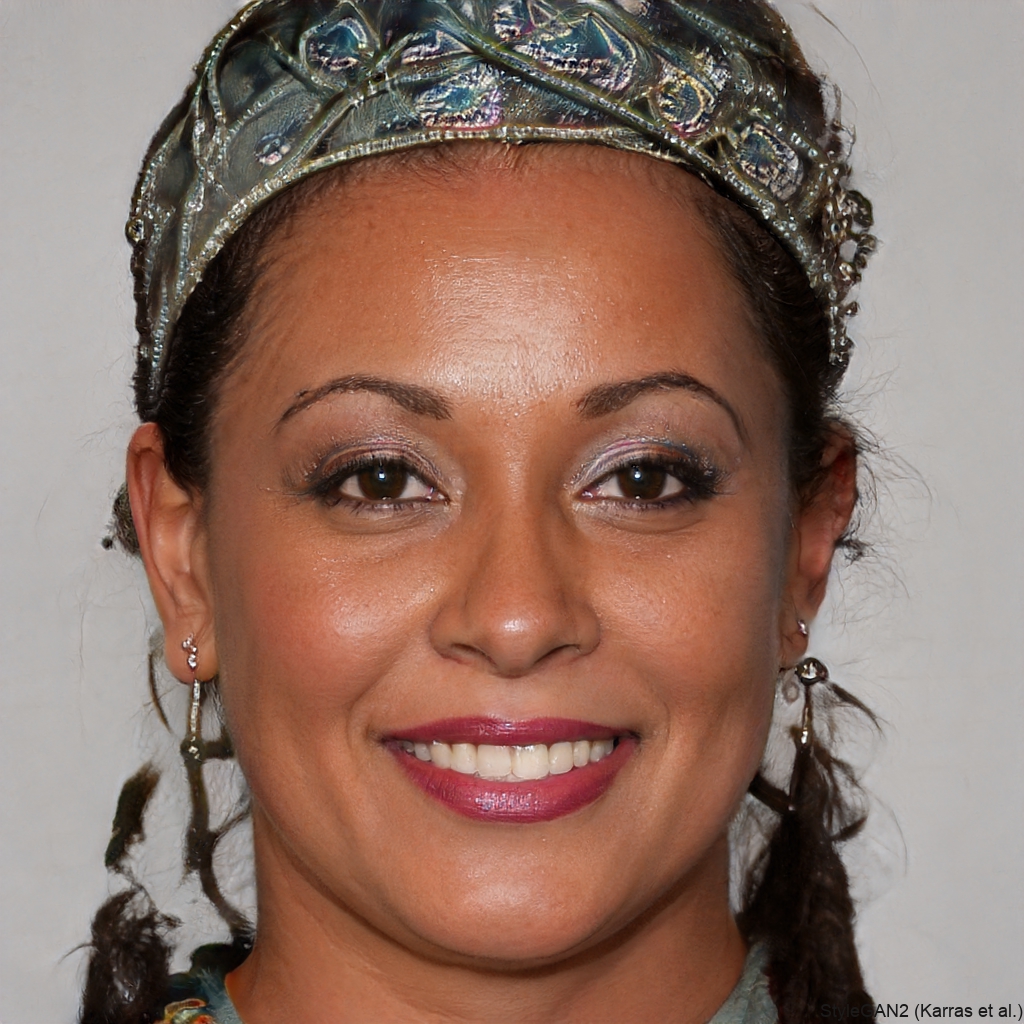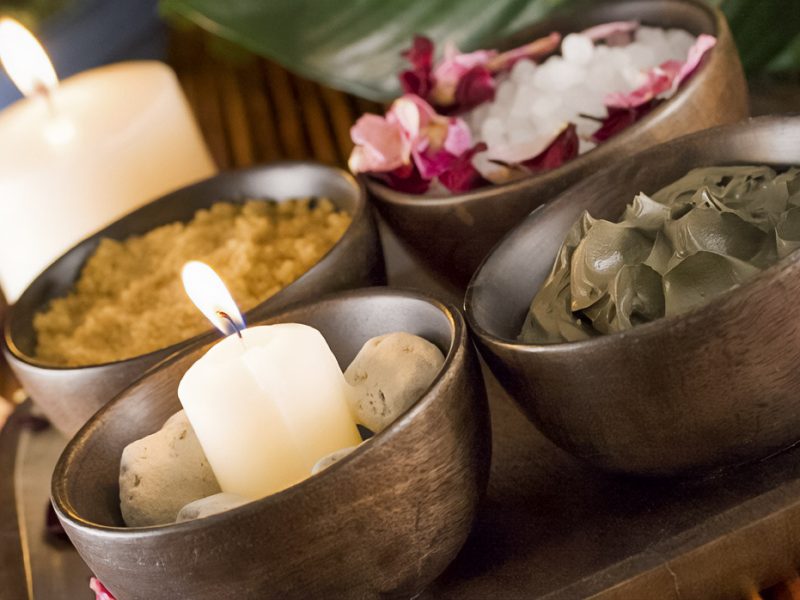A wedding is one of the most significant milestones in a woman’s life. Every detail on this special day is carefully curated, with each element holding meaning and purpose. Among these, the bridal bouquet stands as one of the most cherished accessories, accompanying and embellishing the bride throughout her celebration. More than just an arrangement of flowers, a wedding bouquet is steeped in tradition and symbolism, a floral masterpiece that complements the bride’s attire, personality, and the overall theme of the event. For those seeking the perfect arrangement, a flower shop Dubai can offer exquisite bouquets tailored to the bride’s vision.
The Wedding Bouquet: A Floral Tradition
The wedding bouquet is a traditional floral accessory, carefully chosen to enhance the wedding dress and add a touch of elegance to the bride’s overall look. Its significance goes beyond aesthetics, representing love, purity, and the bride’s personal taste. Therefore, when choosing a wedding bouquet, various nuances must be considered to ensure it fits seamlessly with the bride’s look and the overall wedding theme.
Key Factors to Consider When Choosing a Wedding Bouquet
Selecting the perfect wedding bouquet requires attention to detail. The color, shape, size, and even the scent of the bouquet play a crucial role in enhancing the bride’s appearance and matching the tone of the wedding. Here are some important aspects to consider:
1. Color and Shade
Pastel shades, such as soft pinks, creams, and light blues, are timeless choices that suit weddings of any style. These delicate hues blend beautifully with both traditional and modern wedding themes. However, if the bride’s attire features bright colors or bold details, choosing flowers in complementary shades can create a stunning visual harmony. For example, a bright red sash or accessory can be paired with crimson roses or other vibrant flowers in the bouquet.
2. Size and Shape
The size of the bouquet is just as important as its design. A general rule is that the bouquet should be slightly smaller than the width of the bride’s hips to ensure proportional balance. For brides wearing a tight-fitting or short wedding dress, a smaller bouquet, such as a round or cascading design, is a popular choice. The shape should also reflect the bride’s body type and the dress design. For instance, a tall bride can carry a more voluminous bouquet, while a petite bride might opt for a smaller, more delicate arrangement.

3. Bride’s Height and Color Type
Tall brides have the flexibility to choose larger, more dramatic bouquets, while a more compact arrangement is better suited for petite brides. Additionally, the bouquet’s color palette should complement the bride’s skin tone and hair color. Pastel shades like blush pinks and creams are ideal for fair-skinned brides with light hair, while brunettes and those with darker complexions can explore more vibrant bouquets with bold accents.
4. Scent of the Flowers
While the appearance of the bouquet is essential, its fragrance should not be overlooked. Bouquets with a neutral or mild scent are often preferred, as overpowering fragrances can cause discomfort during the long hours of the celebration. Lightly scented flowers like peonies, roses, or lilies are popular choices, ensuring the bride remains comfortable and fragrant throughout her special day.
The Symbolism of Wedding Flowers
Flowers carry deep symbolic meanings, which can add an extra layer of thoughtfulness to the wedding bouquet. Here are some of the most popular flowers used in wedding bouquets and their associated meanings:
– Roses: Universally recognized as a symbol of love, roses represent tenderness and family well-being, making them a staple in wedding arrangements.
– Orchids: A symbol of luxury, strength, and stability, orchids are often associated with a prosperous and harmonious marriage.
– Hydrangeas: These flowers symbolize understanding and harmony, promising a peaceful and supportive relationship between the couple.
– Peonies: Representing happiness and prosperity, peonies are a classic choice for brides seeking a long-lasting and joyful union.
While flowers like tulips, dahlias, and chrysanthemums are occasionally used in wedding bouquets, they are less common due to their seasonal availability or cultural significance. Gladioli and carnations are also rare in wedding bouquets, as they carry less positive connotations in many cultures.
Popular Shapes and Styles of Wedding Bouquets
Wedding bouquets come in various shapes and styles, each offering a unique aesthetic appeal. Here are the most popular types of wedding bouquets based on their form:
1. Classic Round Bouquet
This symmetrical design is one of the most traditional styles, featuring flowers arranged in a perfect or near-perfect circle. The uniformity of the design adds elegance and balance to the bride’s overall appearance.
2. Asymmetrical or Free-Form Bouquets
While these bouquets appear chaotic, they are carefully curated to look naturally elegant. Asymmetrical bouquets often incorporate a mix of flower varieties, colors, and greenery, giving them a wild yet sophisticated charm.
3. Linear or Vertical Bouquets
These bouquets feature flowers arranged in a single plane, creating a vertical effect. They are particularly striking when featuring long-stemmed flowers like lilies or gladioli.
4. Cascading Bouquets
Designed to mimic the flow of a waterfall, cascading bouquets feature flowers that spill gracefully downward, creating a dynamic and luxurious visual.

Other Creative Types of Wedding Bouquets
Brides who seek something unique may opt for more creative bouquet designs, such as:
– Boutonniere: A small, compact bouquet with flowers of the same length tied tightly together.
– Pompon: Resembling a flower ball, this type of bouquet is attached to a ribbon or chain, allowing the bride to carry it effortlessly.
– Posy Bouquet: A small, simple, and elegant round bouquet often tied with a satin ribbon, making it a timeless choice for brides.
In addition to these popular options, fantasy bouquets such as muff bouquets, fan bouquets, basket bouquets, and even umbrella bouquets are also available, offering brides a unique and personal touch to their wedding ensemble.
Additional Tips for a Perfect Wedding Bouquet
– Stem Decoration: The stem of the bouquet should be elegantly decorated, yet simple enough not to overpower the beauty of the flowers. A delicate ribbon, lace, or twine can add a charming touch, while hanging ribbons made of light fabrics like chiffon or silk can enhance the bouquet’s whimsical appeal.
– Harmony with the Wedding Theme: The bouquet should align with the overall wedding theme. For instance, vibrant tropical flowers are perfect for a beach wedding, while classic roses or lilies work well in a traditional church ceremony.
– Weight: The weight of the bouquet is an important consideration. A heavy bouquet can cause discomfort, so it’s important to ensure it is lightweight and easy to carry throughout the day.
– Duplicate Bouquets: Many brides choose to have a duplicate bouquet for practical reasons. The main bouquet is used for key moments, like the ceremony, while the duplicate is reserved for photo shoots and other less formal parts of the day.
– Alternatives to Bouquets: In modern weddings, brides may opt for a flower bracelet, wreath, or flowers woven into their hair as alternatives to the traditional bouquet. Flowers like gardenia, freesia, and small roses are ideal for these floral accessories.
Finally, it is important to communicate your preferences with the florist. Let them know which flowers you love, which ones you dislike, and any specific meanings you want the bouquet to convey.
Conclusion
The wedding bouquet is more than just a collection of beautiful flowers. It is a symbol of the bride’s personality, the union of two lives, and the overall spirit of the wedding. By carefully selecting the bouquet’s color, shape, size, and flowers, brides can create an accessory that not only complements their look but also enriches the meaning of their special day.

Baseball fan, mother of 2, DJ, vintage furniture lover and creative consultant. Making at the intersection of art and programing to craft experiences both online and in real life. I’m a designer and this is my work.


